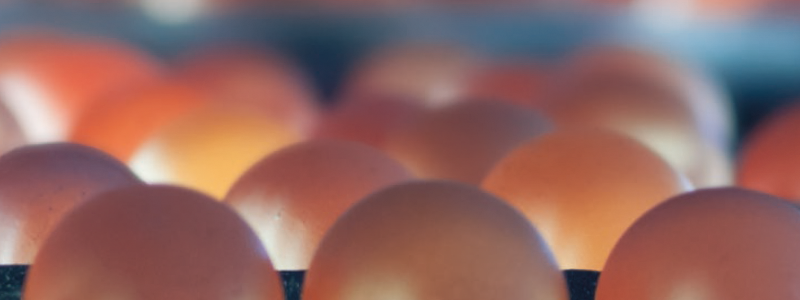Content available at: Español (Spanish)
For many years, the commercial incubation industry has relied almost entirely on the multi-stage (many loads) incubation methods, and with good results. The concept of thermal interaction efficiency between endothermic and exothermic eggs, as well as its ease of use, has made this the ideal solution.
However, as chicken consumption grew worldwide and the poultry industry became intensive, it became clear that the multi-stage method could not meet the level of biosecurity required by the modern market.
Furthermore, the academic world clearly demonstrated that multiple-stage incubation was unable to provide optimal conditions for the developing embryo.
For a time, many publications and articles theorized about the potential of a single-stage (1 loading) incubation as a solution to both biosecurity issues and providing optimal conditions required by the embryo.
However, the first single-stage methodologies posed difficulties in obtaining the same results as their multi-stage counterparts.
The challenge of single-stage, for both commercial incubator manufacturers and academics, was to identify the ideal conditions for the embryo and create an incubator that could generate such conditions on a large scale.
It was almost inevitable that during this period there would be a debate between supporters of multi-stage and single-stage, but today it cannot be doubted that a modern well-managed single-stage hatchery can produce results – both pre and post-hatch — superior to the best possible results in a multi-stage hatchery.
SINGLE-STAGE INCUBATION: BASIC PARAMETERS
The following chart shows the optimal ranges for the developing embryo through key parameters such as temperature, humidity, and CO 2.
TEMPERATURE
As the main parameter, it is more accurately described as the absorption and dissipation of energy produced through heat exchange. Many academic studies and commercial trials have shown how precise temperature control – which cannot be achieved in a multi-stage environment – positively and significantly affects both chick quality and all aspects of post-hatch performance.
Graph 1. Variable requirements of the hatching egg depending on the incubation period
Keep up to date with our newsletters
Receive the magazine for free in digital version
REGISTRATION
ACCESS
YOUR ACCOUNT
LOGIN
Lost your password?

